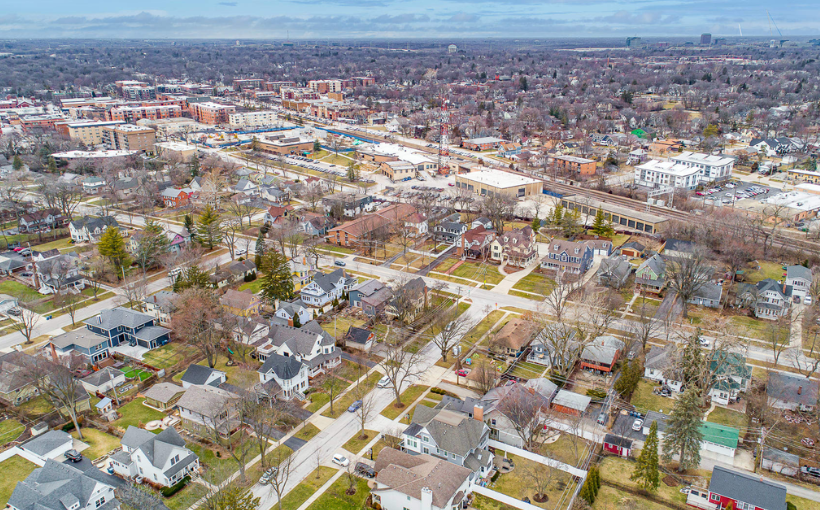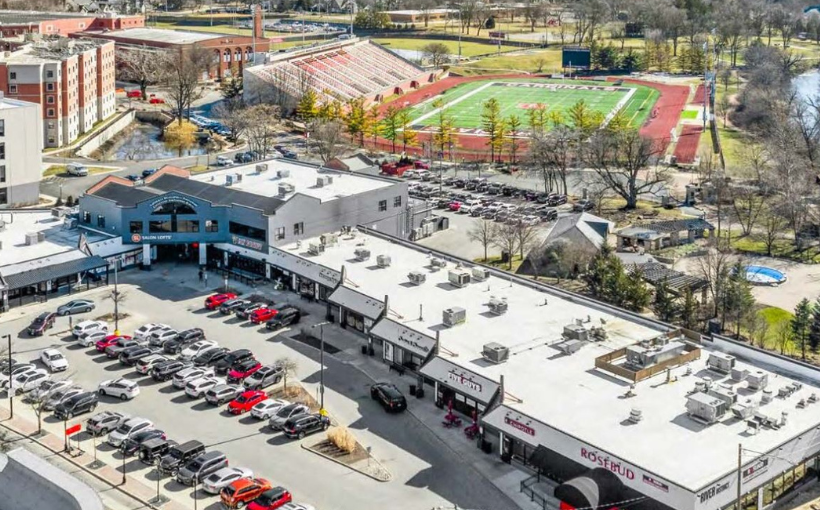According to the latest U.S. Capital Trends report by MSCI Real Assets, there is a significant amount of commercial real estate loans set to mature in the coming years. In fact, more than $1.2 trillion worth of loans will be due for repayment in a challenging capital markets environment.
The Federal Reserve’s projection of an additional interest rate hike before year-end means that borrowers must prepare for potentially higher rates and longer terms than originally anticipated.
CMBS accounts for over half of the loans set to mature in 2023, followed by CLO and investor-driven lenders. However, as these exposures shift going into next year, CMBS falls behind with only 18% while CLO and investor-driven lenders increase their shares.
Bank lenders are also a significant source of maturing loans in 2023 at 34%. Office assets make up over one-fifth of these maturities through 2027 with CMBS and bank lenders holding most exposure.
For borrowers looking to refinance long-term debt during this time period, price growth since origination may provide some cushion against higher costs and tighter credit conditions. However, despite federal agencies calling on lenders to work with creditworthy borrowers facing financial challenges during this time period,
refinancing may prove difficult for some commercial property owners.
In addition,CRED iQ reports that rising interest rates have significantly impacted CRE loan performance across all sectors resulting in an increase in maturity defaults.Fifty-two percentof all maturity defaults occurred this year alone accordingtoCRED iQ’s data.Aspecialservicingrateof32%was recordedforallloanscurrentlywithaspecialservicerandthisnumberincreasedto44%forloansthattransferredtospecialservicingintheyear2034.CREDiQalso notes that $41 billion worthofloansareactivelybeinghandledbythespecial servicerwith$16billionhavingbeen transferredthisyearto date.




